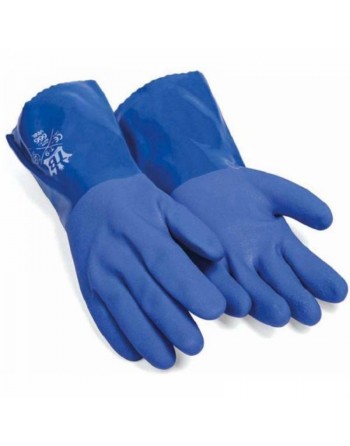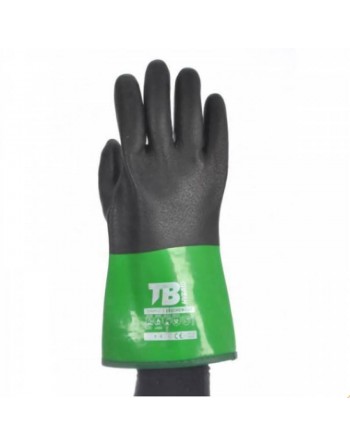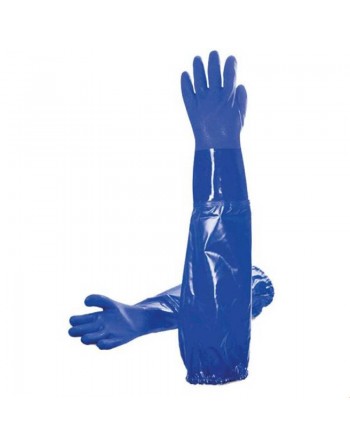Work gloves are an essential piece of personal protective equipment in various industries. They are designed to protect the hands from physical, chemical, or biological hazards, ensuring the worker's safety during their shift. There are different types of work gloves to cover various needs depending on the work environment.
What are work gloves?
Work gloves are accessories designed to provide protection in work environments. They are essential to prevent hand injuries due to exposure to hazardous substances, mechanical risks, or extreme temperatures, among others.
Standards and regulations
Like other protective equipment, work gloves must comply with specific regulations to ensure their safety and effectiveness:
- EN 420: European standard defining the general requirements for protective gloves.
- EN 374: Standard setting requirements for protective gloves against chemical risks and microorganisms.
- Real Decreto 773/1997: Regulates personal protective equipment in Spain, ensuring that gloves are suitable for the risks present in each work environment.
Key features of work gloves
To ensure their effectiveness, work gloves must have certain key characteristics:
- Material: Gloves must be made of materials resistant to the risks present in the environment, such as nitrile, PVC, latex, or rubber.
- Comfort and fit: A good glove should offer comfort during use, allowing the natural movement of the hand without causing fatigue.
- Resistance: They should offer resistance to abrasion, puncture, cutting, or impact, depending on the job's requirements.
- Chemical or biological protection: Depending on the environment, gloves should be capable of resisting chemicals or protecting against biological contaminants.
Maintenance and training
Maintaining work gloves is essential to prolong their lifespan and ensure their effectiveness:
- Regular inspection: Check gloves for damage or wear before each use.
- Replacement: Replace gloves when signs of damage, deterioration, or loss of protective properties are noticed.
- Staff training: Train workers on the correct use of gloves and selecting the appropriate type for each task.
Work gloves are a crucial tool for workplace safety. Be sure to choose the appropriate type of gloves that meet the regulations and fit the specific risks of your work environment.










